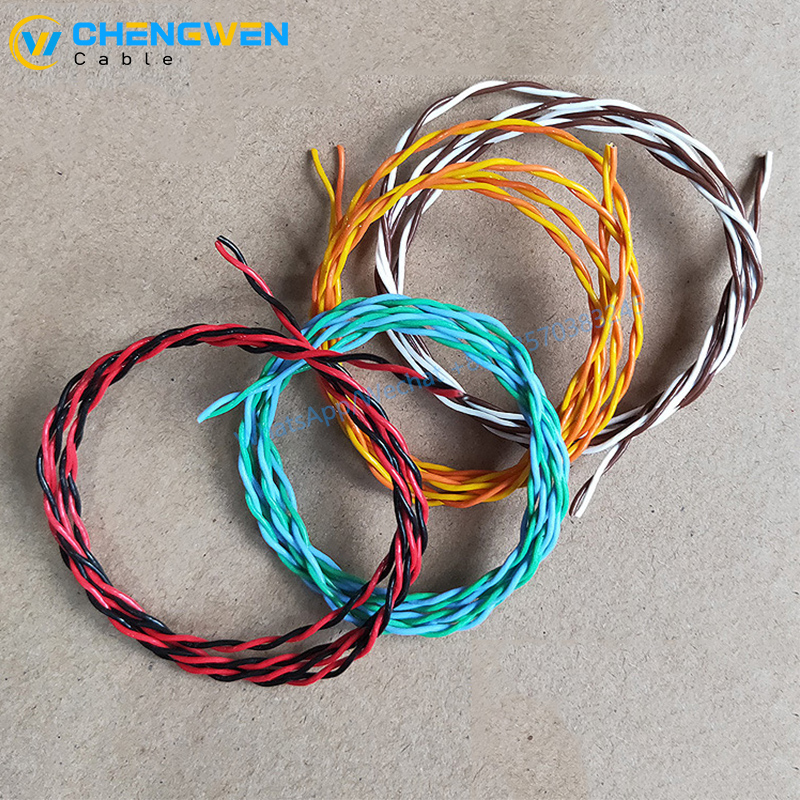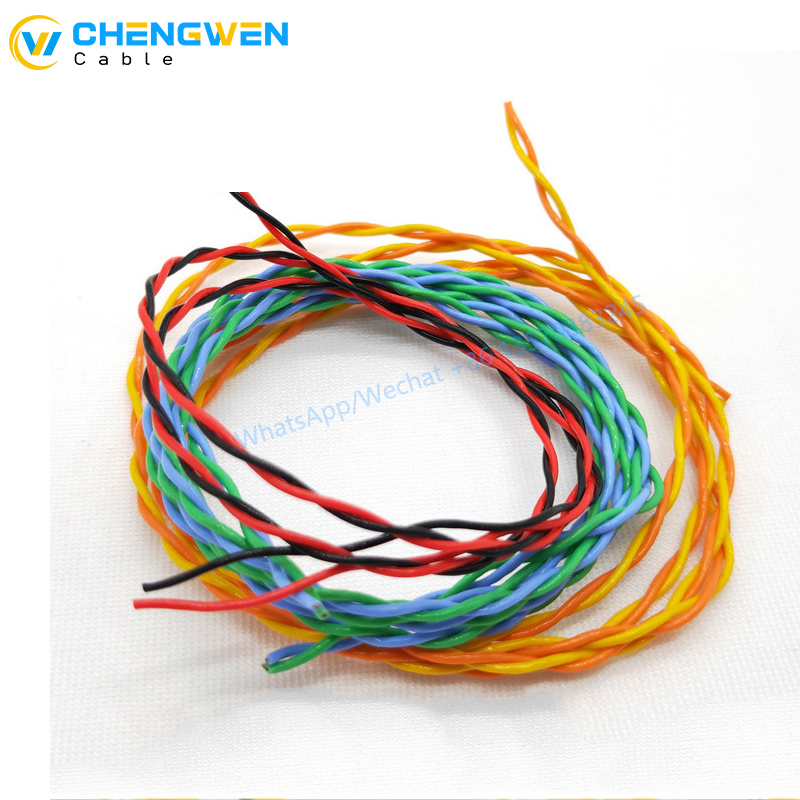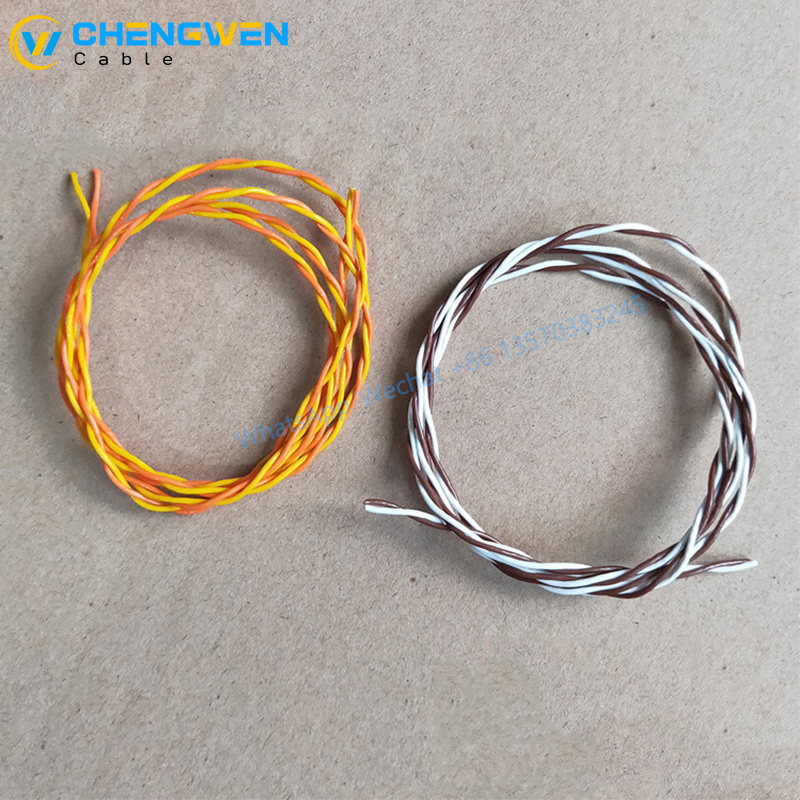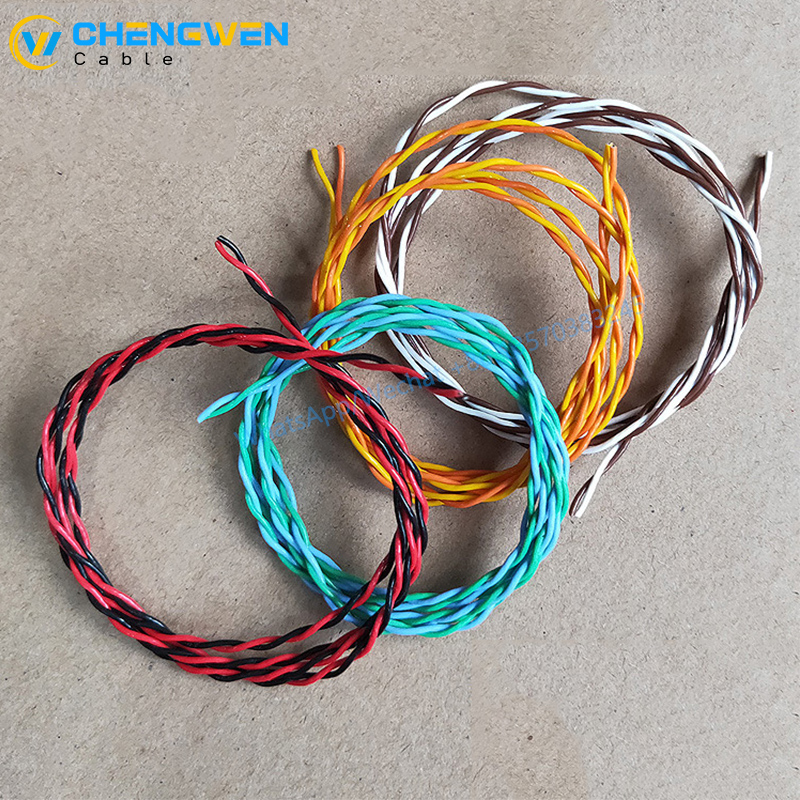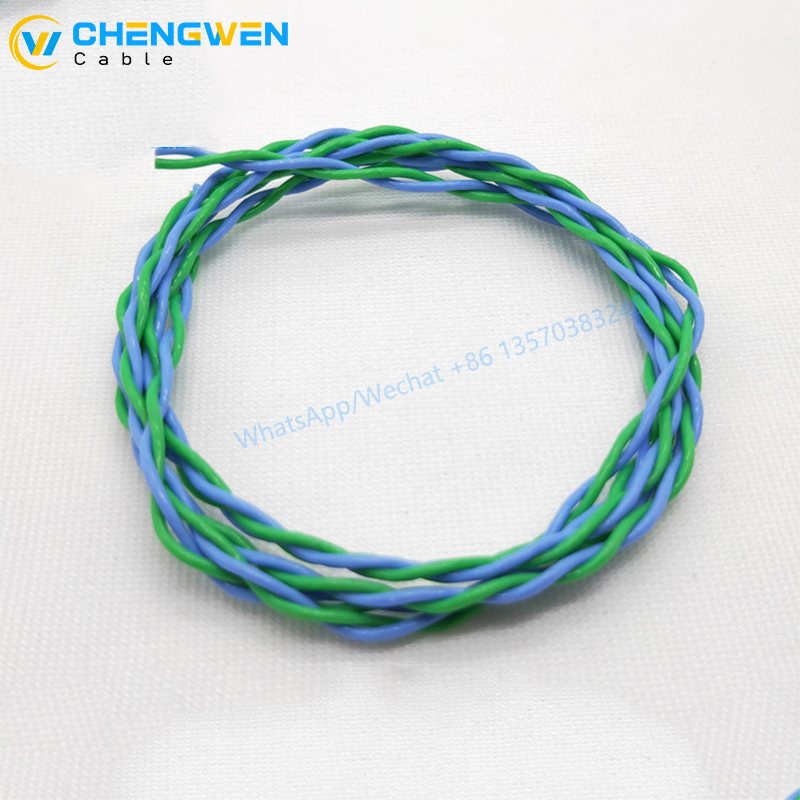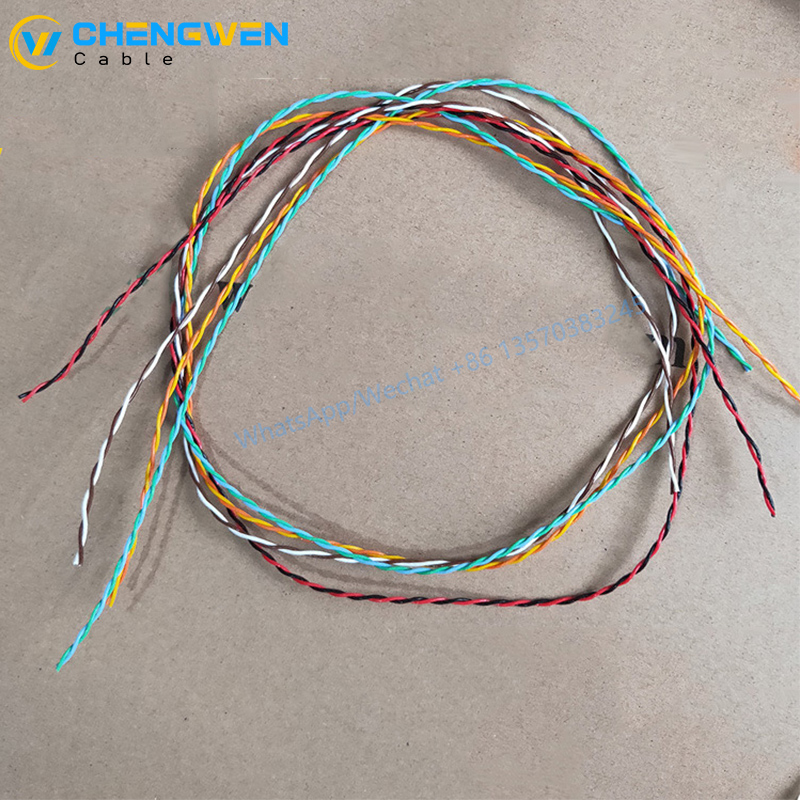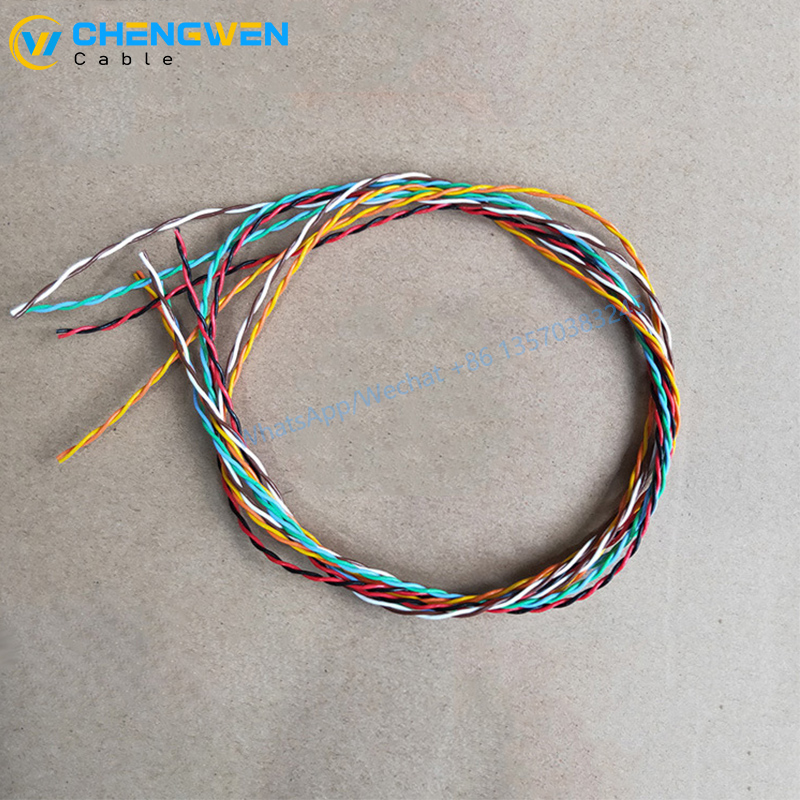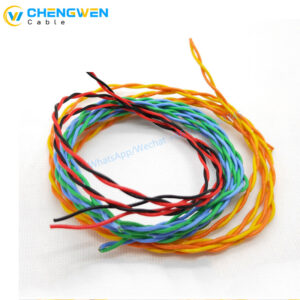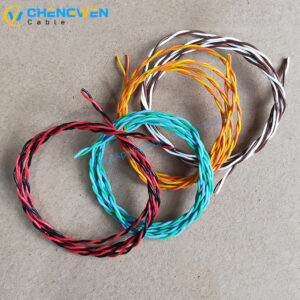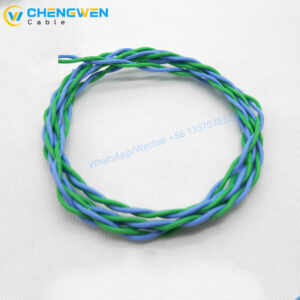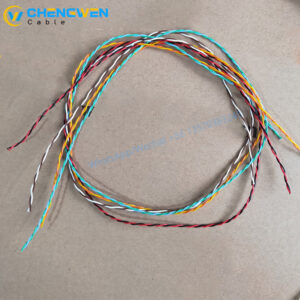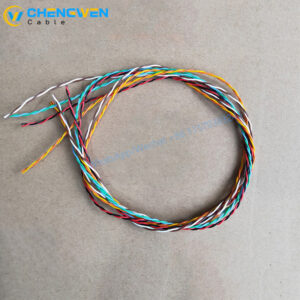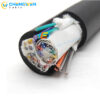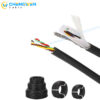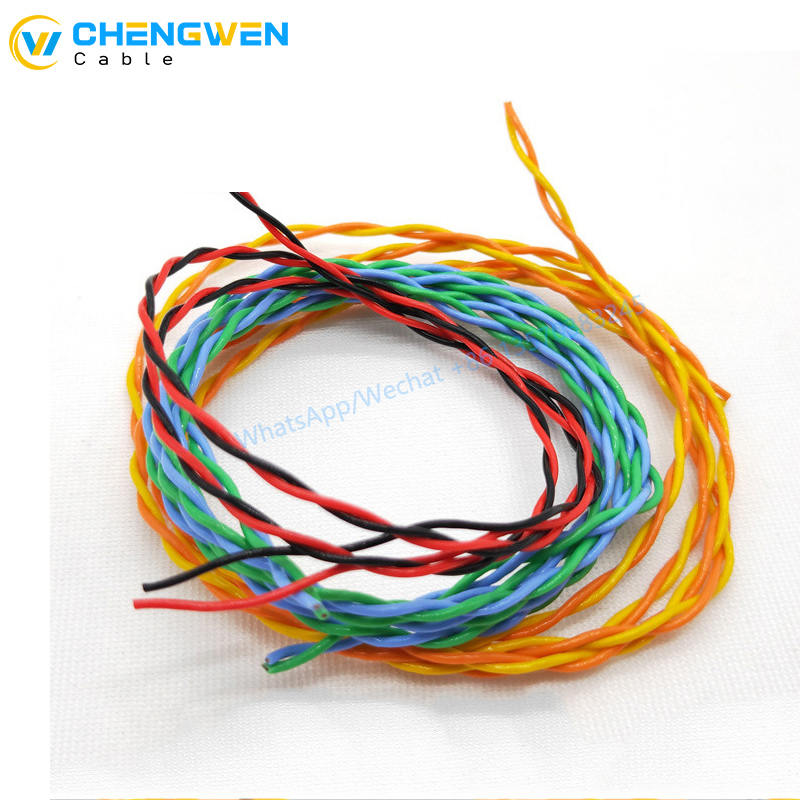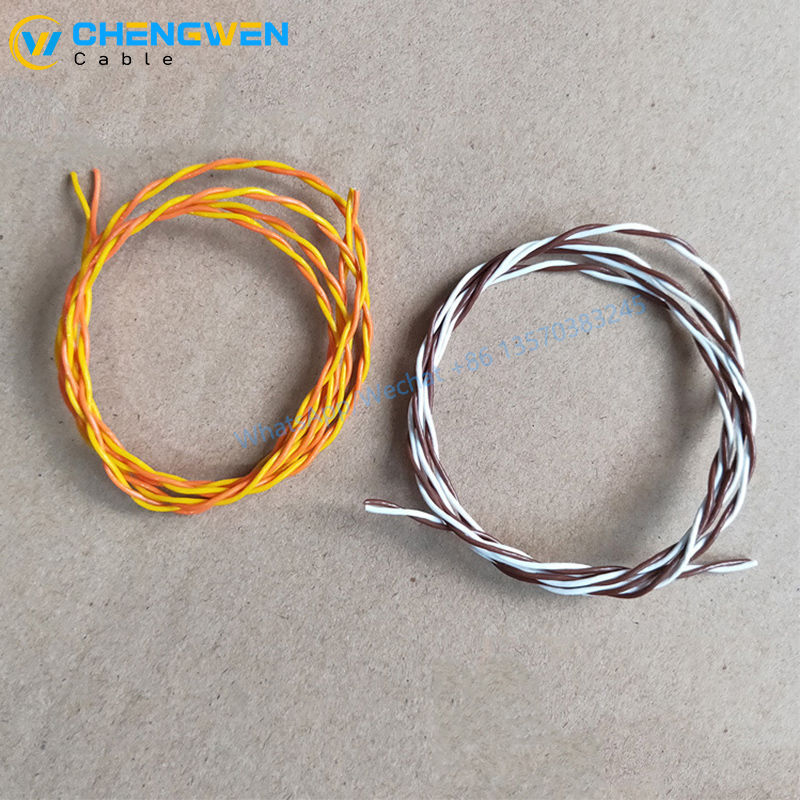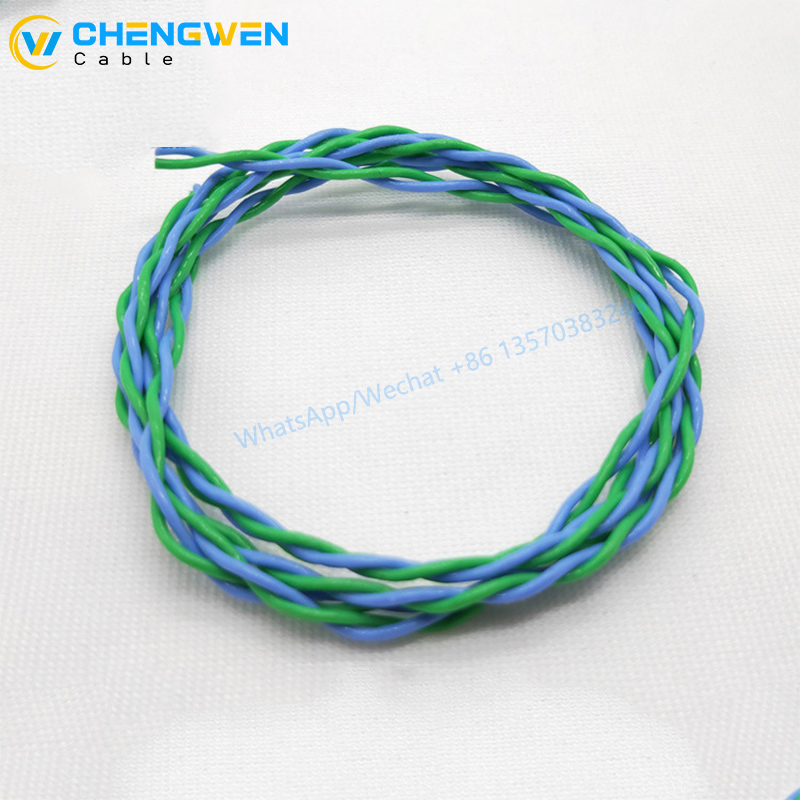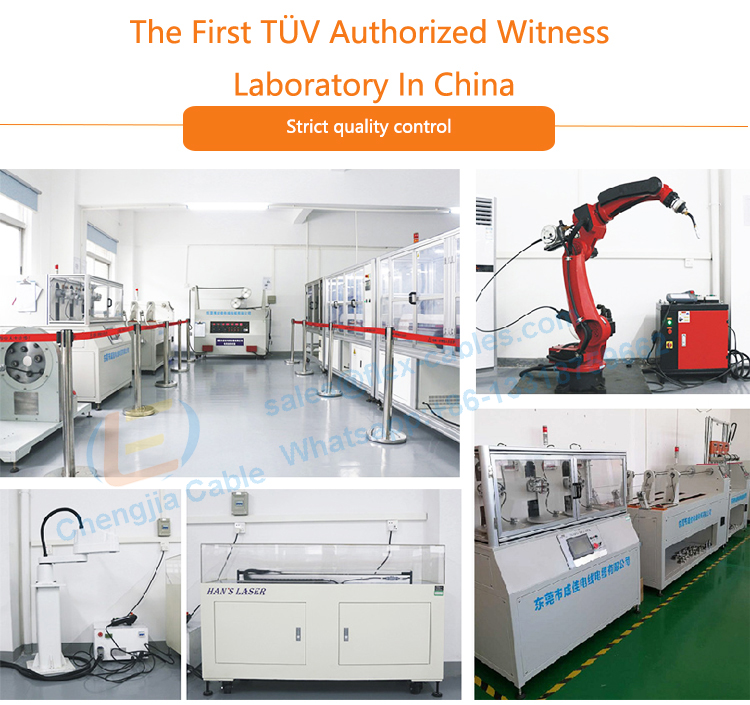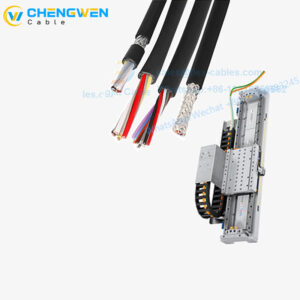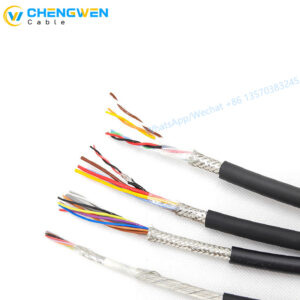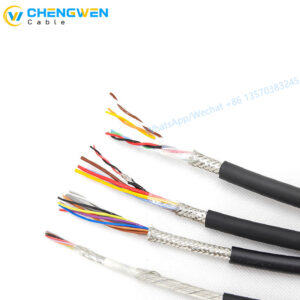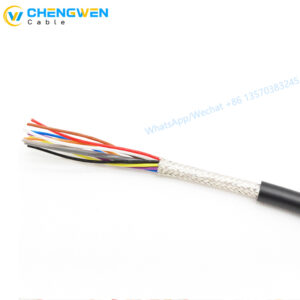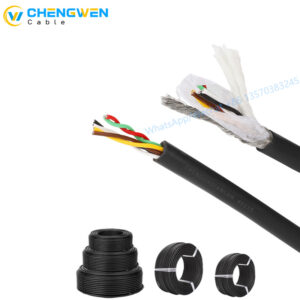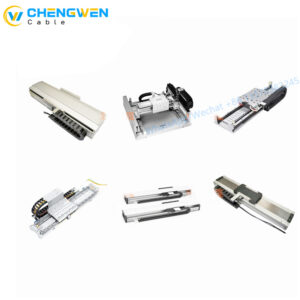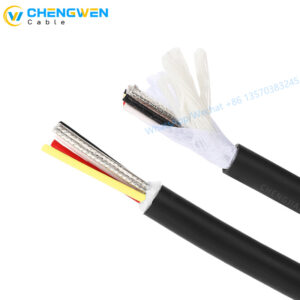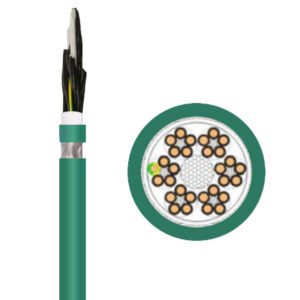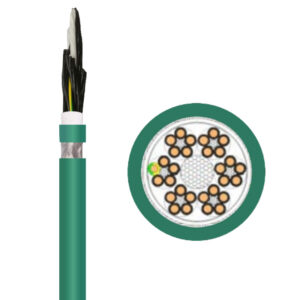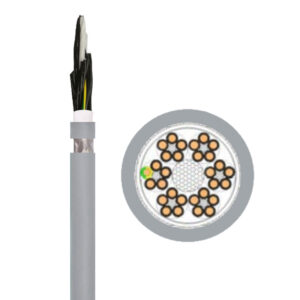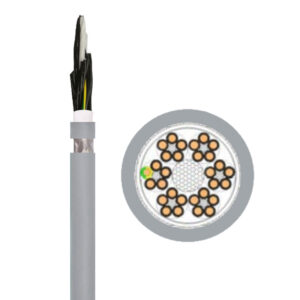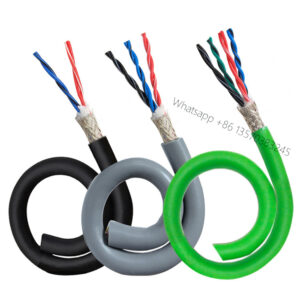Fio interno do robô de colaboração e serviço para robô industrial
This Collaboration And Service Robot Internal Wire For Industrial Robot is especially suitable for internal connection wires of small-sized robots such as collaborative robots, high-precision robots in the consumer electronics industry, and robots operating in harsh environments, which require long-term twisting, bending, and high-intensity motion. These internal connection wires are capable of withstanding high-intensity bending, twisting, tensile, and compressive stress, while also exhibiting excellent resistance to cold, high temperatures, oil, and chemicals. This ensures the long-term, trouble-free operation of robots with ultra-high stability.
Parâmetro técnico
Estrutura
| COLLABORATION AND SERVICE ROBOT INTERNAL WIRE ( 50 million times reliability tests for drag chain) | ||||
| Não. | Código do produto | Número de núcleos e área transversal | Diâmetro externo aproximado (mm) | Cor da bainha externa |
| (NO.Xm㎡) | ||||
| 1 | RO-F5001.01.0014 | 1×0.14 | 0.9 | 10 Color |
| 2 | RO-F5001.01.0020 | 1×0.2 | 1 | 10 Color |
| 3 | RO-F5001.01.0030 | 1×0.3 | 1.2 | 10 Color |
| 4 | RO-F5001.01.0050 | 1×0.5 | 1.4 | 6 Color |
| 5 | RO-F5001.01.0075 | 1×0.75 | 1.9 | 6 Color |
| 6 | RO-F5005.02.0014 | 1×2×0.14 | 1.8 | / |
| 7 | RO-F5005.02.0020 | 1x2x0.2 | 2 | / |
| 8 | RO-F5005.02.0030 | 1x2x0,3 | 2.4 | / |
| 9 | RO-F5005.02.0050 | 1x2x0.5 | 2.8 | / |
| 10 | RO-F5005.02.0075 | 1x2x0.75 | 3.8 | / |
| 11 | RO-F5005.04.0014 | 2x2x0,14 | 2.7 | / |
| 12 | RO-F5005.04.0020 | 2x2x0,2 | 3 | / |
| 13 | RO-F5005.04.0030 | 2x2x0,3 | 3.6 | / |
| 14 | RO-F5005.04.0050 | 2x2x0,5 | 4.2 | / |
| 15 | RO-F5005.04.0075 | 2x2x0.75 | 5.7 | / |
| 16 | RO-F5005.06.0014 | 3x2x0,14 | 3 | / |
| 17 | RO-F5005.06.0020 | 3x2x0,2 | 3.3 | / |
| 18 | RO-F5005.06.0030 | 3x2x0,3 | 4 | / |
| 19 | RO-F5005.08.0030 | 4x2x0,3 | 4.6 | / |


